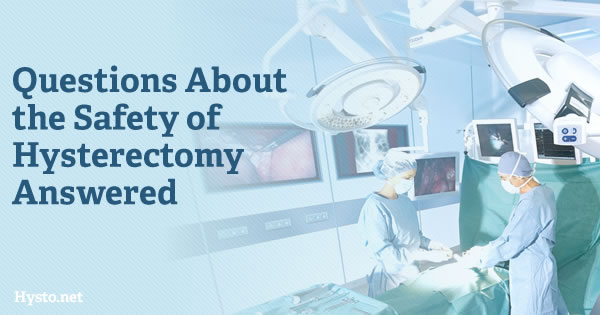Trans Man's Death Sparks Questions About the Safety of Hysterectomy

When Rowan Feldhaus passed away from complications following a hysterectomy in May 2017, many trans men were left asking, "How could this happen with such a routine surgery?" Indeed, there are more than 600,000 Hysterectomies performed each year in the United States, making it a very common procedure. While serious complications can occur with any surgery, the death rate from a hysterectomy is very low—less than 1%—so what happened in Feldhaus' case?
How a Routine Hysterectomy Lead to Death
The Augusta, Georgia news station that broke the story of Feldhaus' condition reported that he went into septic shock a few days after surgery, lost oxygen to his brain, and went into a coma before passing away. Septic shock is a life-threatening condition that causes organ failure and dangerously low blood pressure brought on by a severe infection that has spread through the bloodstream. Symptoms include chills, difficulty breathing, decreased urine output and mental confusion. Patients with septic shock require immediate medical attention. While not all details are known, it's possible that Feldhaus developed an infection after surgery that went undetected until it was too late. Feldhaus was just 25 years old.
A 2010 study reported that the risk of infection following Hysterectomy is about 8%. A 2013 study further described infection risks by Hysterectomy technique:
Infectious complications after hysterectomy are most common, ranging from 10.5% for abdominal hysterectomy to 13.0% for vaginal hysterectomy and 9.0% for laparoscopic hysterectomy.
While the risk of septic shock is presumably low, it isn't clear how common it is for an infection to go undetected and/or progress into septic shock. But for Feldhaus, that statistic might as well have been 100%.
To better understand the context of this tragedy, we asked Dr. Burt Webb, one of the most experienced surgeons in the United States when it comes to FTM gynecological surgery, about the safety of Hysterectomy.
What kind of complications can occur after a Hysterectomy and how common are they?
Infection, bleeding and needing a transfusion, injury to other structures like the bowel, bladder or ureter, possibly resulting in more surgery and/or a longer hospitalization. Thankfully, the equipment used now is very advanced and helps make surgical problems very rare.
How do the risks compare between each of the common Hysterectomy techniques?
Hysterectomy is most often performed with a large incision in the lower abdomen and can also be done vaginally or laparoscopically. The complication rates are about the same with each technique with the main difference being a faster recovery with the last two approaches.
How dangerous are these complications?
An injury to the intestines or bleeding need to be diagnosed quickly or else serious complications, including death, can occur.
Are there ways that I can lower the risk of complications with my Hysterectomy?
The most important aspect to lowering the risks is to pick a gynecologist with more than 10 years experience to perform your Hysterectomy, preferably a transgender specialist.
Read more about Hysterectomy Risks & Complications here.
Related: Mother to walk, receive diploma for local transgender man who passed away